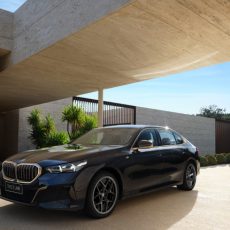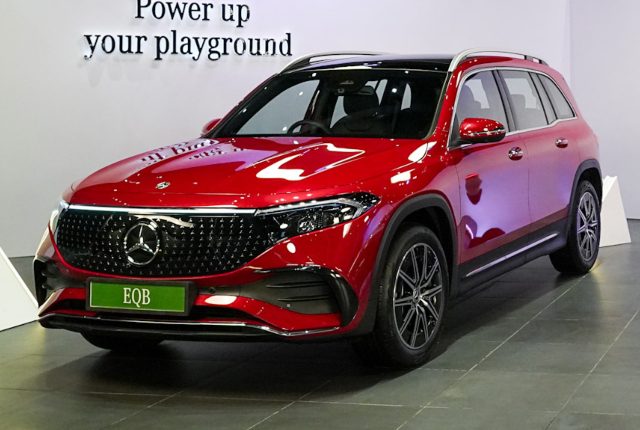Are the updates received by the Tata Nexon.ev extensive enough to make a difference to the car as an everyday companion? Let’s find out

Story: Gaurav Davare
Photography: Apurva Ambep
The Tata Nexon.ev has been a trendsetter in the electric vehicle (EV) space in India and, last year in September, it received a major facelift. We’ve already had a first taste of it but now we’re spending some quality time with it to find out whether these changes affect its everyday use.
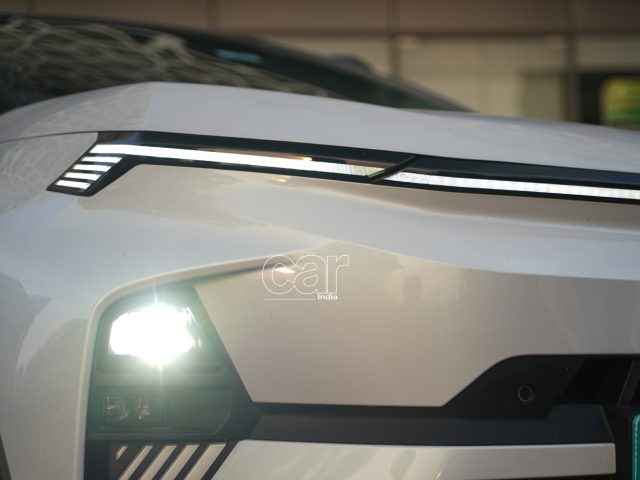
I already appreciated the previous model’s quirky design, and the facelift improves on that. It looks sharper with a new face and exclusive to the EV is a slightly tweaked front grille. There’s also an LED light-strip connecting the DRL which gets a nice welcome function during start-up. On top of this, the 16-inch alloys as well as the angular rear bumper with connected LED tail-lights from its ICE counterpart allows the electric SUV to attract attention around the city.
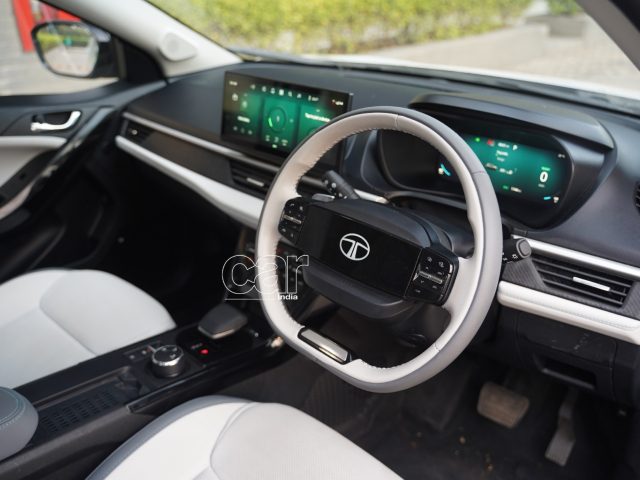
Inside, there’s a major overhaul with a flatter dashboard, sleeker air-vents and a new two-spoke steering wheel with an illuminated Tata logo. Behind the steering wheel is a new, minimalistic, and easy-to-use 10.25-inch digital driver’s display. More importantly, it mirrors Google/Apple Maps on the screen. Most of the centre controls are now touch-sensitive but the fan speed and temperature controls continue to be conventional; which I prefer as they are easier to operate.

The biggest change is the sleek 12.3-inch touchscreen infotainment system with lag-free operation, crisp graphics, and which is larger than its ICE counterpart. While it gets everything from the ICE Nexon, including wireless Android Audio and Apple Carplay as well as connected-car tech, the EV exclusively gets “Arcade.EV”, an app store where one can download games and apps such as YouTube and Hotstar and use them while the Nexon.ev is being charged. A nice entertainer during a charging stop.
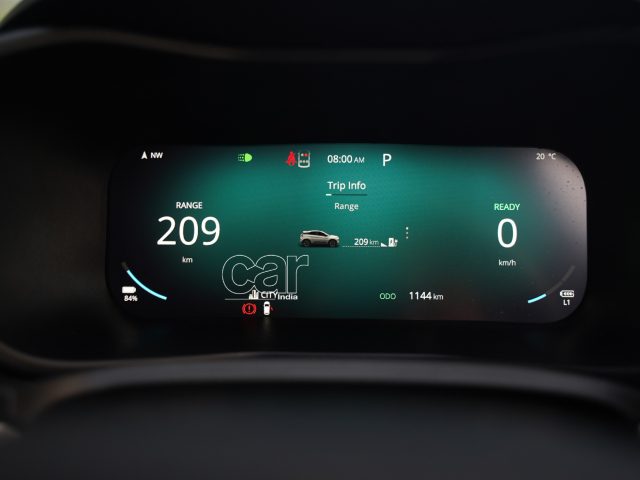
In an overall sense, the cabin feels premium with an improved fit-and-finish. While the seats get better cushioning, it has slightly affected the knee-room and can feel a little cramped for people taller than six feet. Some legacy issues such as the small door-pockets and no front cup-holders for wireless phone charger variants are still present. One can seat three occupants at the rear but there is still the issue of the bigger battery pack in the Long Range variants causing a raised floor and reduced under-thigh support for the rear occupants. Other additions include a 360-degree camera, a blind-spot monitor, a nine-speaker JBL sound system, and six airbags as standard, all of which takes the electric SUV’s tech package to a more premium level.
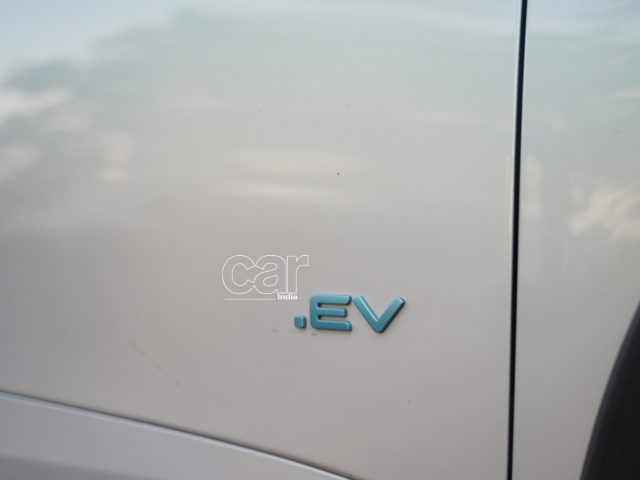
Under the bonnet things are the same but different via a new “Gen2” electric motor which is 20 kilograms lighter than before. While this hasn’t affected the power figures much for the Medium and Long Range variants with 95 kW (129 hp) and 106.4 kW (145 hp) respectively, the torque is down to 215 Nm. Has it made a difference in the driving experience?
Short answer, yes. I’ve been behind the wheel of the Empowered+ Long Range variant and the snappy response from earlier is now smoother and more enjoyable at lower speeds, especially on city roads. Another convenient change is a conventional drive-selector over the slightly laggy rotary unit. I did feel the thuds from the stiff suspension on rough roads and bumps, but things are stable on smoother surfaces. The steering weighs up nicely at higher speeds and also inspires confidence to throw the car around bends or tight spaces on city roads.
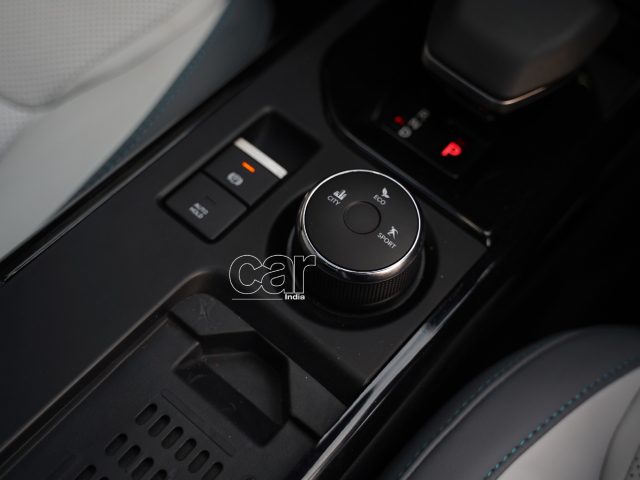
So far as range is concerned, the Gen2 motor gains 12 kilometres in the ARAI-claimed range on paper, which is 325 km for the 30-kWh battery-pack and 465 km for the 40.5-kWh battery-pack. Spending quality time with it, we started at 233 km of range on the odo and covered over 70 km, testing out a variety of combinations. The a-c shaves off about 14 km from the expected range. Daily driving can be done in the Eco or City drive modes with a 10-km range difference. The Sport mode presents a 30-km range difference over the Eco mode, which is expected considering the performance jump.
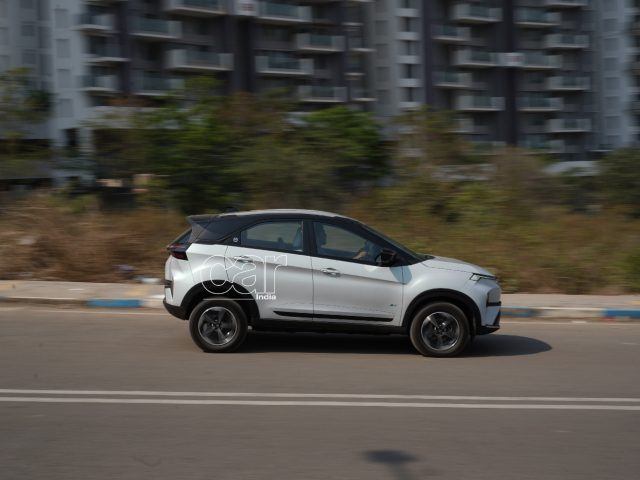
Adding to the experience are paddle-shifters controlling three regeneration modes. At its highest mode, regenerative braking is quite effective, making single-pedal driving easy on city roads. In the end, we had 183 km left on the odo, which means doing over 260 km on a single charge is realistic.
Charging times for the Nexon.ev remain unchanged with a 50-kW DC fast-charger allowing a 56-minute 10 to 80 per cent claimed charge time. Another cool pair of additions are the vehicle-to-load (V2L) and vehicle-to-vehicle (V2V) capabilities, a charging feature that turns the EV into a portable power-bank for electric appliances as well as other EVs.

With prices starting from Rs 14.49 lakh and the Empowered+ variant we tested here priced at Rs 19.29 lakh (both prices ex-showroom), the Tata Nexon.ev improves on looks, the tech package, and the drive experience. However, its chief rival, the Mahindra XUV400 Pro, has closed the gap in features while already offering more performance on tap and better rear occupant room. That said, the Tata Nexon.ev is still more decked-out but at a price premium, fitting the bill for a more all-round EV experience and moving the goalposts in the Indian EV space.


